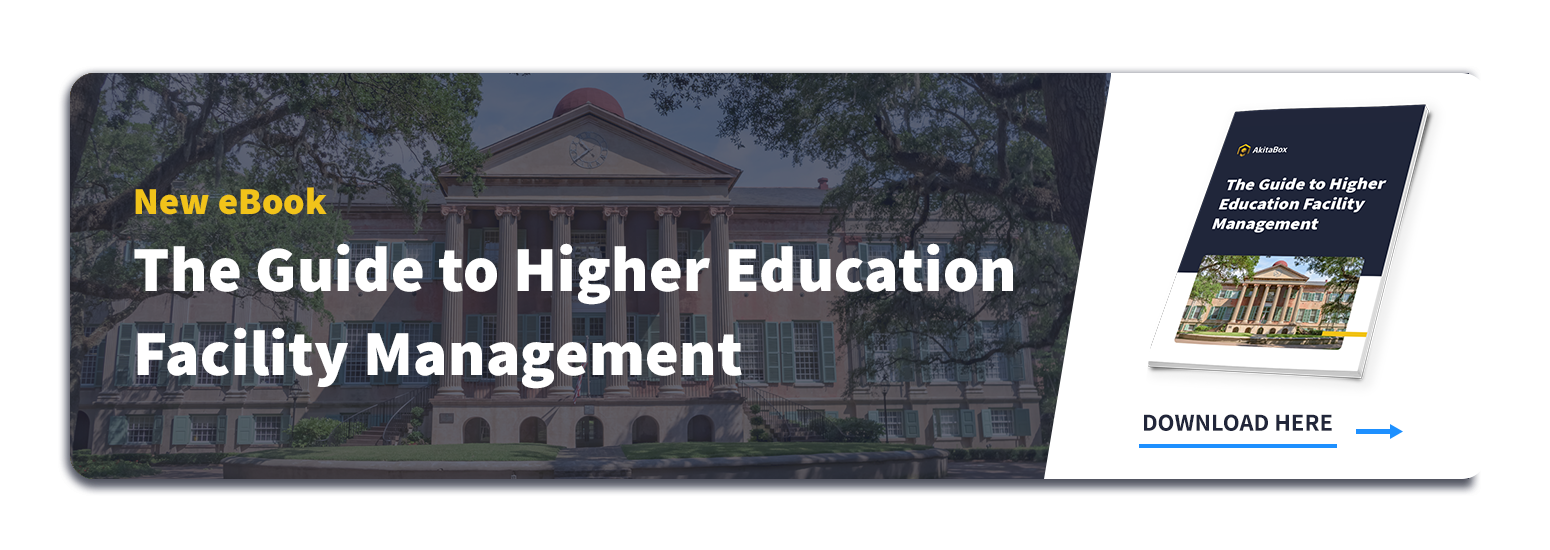How to Keep Students Safe with Crime Prevention Through Environmental Design (CPTED)
Facility managers of schools, colleges and universities understand that campus learning environments must support occupant safety and security in order to be successful. However, creating a safe school environment is no simple task in today’s world. Constructing and executing a strong safety and security plan can be a highly complex task for school boards, superintendents and administrators. These individuals rely on campus facility managers and their teams to provide expertise, employ security protocols, eliminate unnecessary hazards and reinforce lawful behavior on school property.
The good news for facility managers is that asset functionality and occupant safety often go hand-in-hand. With strategic planning and construction foresight, facility managers can utilize campus design and landscaping to reduce crime and protect occupant safety.
What is Crime Prevention Through Environmental Design?
Crime prevention through environmental design (CPTED, pronounced “sep-ted”) is a multi-disciplinary approach that aims to reduce crime through effective environmental design. For example, CPTED strategies may utilize landscaping, fencing, lighting and building elements can reduce occupant fear and victimization, deter criminal activity and build a sense of security through territorial control.
What is the science behind CPTED?
CPTED strategies serve to dissuade potential offenders from committing crimes on school property. Studies show that the top deterrent of criminal activity is a high likelihood of getting caught. Since CPTED strategies enhance perceived risk of detection and apprehension, offenders are less likely to commit a crime or succeed in committing a crime. In turn, occupants feel safer and more secure on school property.
3 Key Benefits of CPTED Strategies
CPTED strategies are considered one of the most cost-effective and simple strategies for enhancing campus safety and security. Landscaping and exterior design are versatile and can be used to perform a variety of security functions. Keep reading to learn how CPTED strategies can enhance natural surveillance, natural access control and natural territorial control on school property.
1. Natural Surveillance
Natural surveillance aims to increase landscape visibility and keep intruders under observation. Increased visibility keeps students, faculty and staff safer by reducing potential places for criminals to hide or escape detection. Natural surveillance also increases perceived risk of getting caught, which, in turn, can reduce opportunities for crime to occur. Here are a few ways that facility managers can promote natural surveillance on their campus.
- Place windows in areas that overlook sidewalks and parking lots.
- Install closed-circuit television (CCTV) cameras in areas where window surveillance is unavailable.
- Select fencing that allows occupants to see through to the other side.
- Use transparent weather vestibules at building entrances.
- Increase visibility with proper lighting of walkways, stairs, entrances, exits, parking lots and campus ATMs.
- Avoid too-bright security lighting, which can create a blinding glare and deep shadows used for hiding.
- Keep large bushes and trees properly trimmed to increase landscape visibility.
2. Natural Access Control
Natural access control limits the opportunity for crime to occur by clearly differentiating between public space and private space. Natural access control involves strategic placement of entrances, fencing and landscaping to guide people throughout a campus. This principle deters access to victims and targets, and increases perception of risk to potential offenders. Check out the following list of ways to increase natural access control on your campus.
- Use structures to guide campus visitors to the reception area for check-in.
- Plant low, thorny bushes beneath ground level windows to discourage intrusion.
- Eliminate opportunities for unauthorized access to roofs or upper levels of a building.
- Utilize locked gates to keep intruders from accessing off-limit areas of campus property.
- Remove trees or bushes near fencing, which can be climbed and used for trespassing.
- Install bollards, sturdy concrete blocks or barriers to protect pedestrians from taking a direct hit from a vehicle.
3. Natural Territorial Reinforcement
Natural territorial reinforcement promotes social control through the definition of space. The main goal of territorial reinforcement is to foster a sense of campus ownership in students, faculty and staff. People who care about school property are more likely to report crime to the police. Sense of ownership also creates a campus environment where strangers and intruders appear out of place. Facility managers should utilize structures, fencing, pavement, signs and landscaping to express ownership and define campus space as public or private.
- Install communication devices, such as public phones or panic buttons, to make communicating with police easier in the event of a threat, crime or violence.
- Use campus landscaping (such as fencing, flower beds, shrubs, hedges, ground cover and cement structures) to serve as barriers between public and private campus zones.
- Install signage to guide occupants towards important facilities on campus.
- Display security system signage to alert potential criminals that they are being recorded.
- Install motion-sensing lights at all entry points to a campus building and in building corridors.
Landscape design is easy to overlook when designing a robust campus security plan. However, CPTED strategies can transform a “good” security plan to an even greater one. Start by implementing low-cost CPTED strategies first, such as trimming foliage, installing signage and locking gates. Then, implement medium-cost and high-cost fixes when budgets allow. Before long, you’ll be on your way to a safer, more secure campus for occupants to enjoy.
Want to Learn more about campus landscaping best practices?
Effective landscaping is a critical part of campus grounds maintenance. To learn more, download AkitaBox’s Guide to Higher Education Facilities Management Ebook. You’ll discover smart strategies for campus landscaping and grounds maintenance, along with additional insight data collection, cutting-edge classroom furniture pieces, grounds maintenance best practices, and more. Learn more about the ebook and its contents here.
